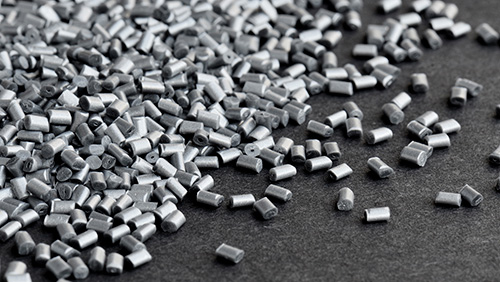Find projects
Additives and functional fillers
Compounds are mixtures of plastics, additives and functional fillers. By "additives" we mean the wide variety of stabilizers, fillers and aggregates for all types of plastics. Degradation caused by light, oxygen, heat, moisture, high-energy radiation, media or microbiology must be prevented by stabilizers during production, storage, processing, use and recycling. Nucleating agents, transparency enhancers, slip agents, demolding aids and many other substances are also used to give the plastics special properties. A compound is characterized in its properties by the appropriate use and quantity of these additives.
Functional fillers give plastics properties that are more than the sum of their parts: Fiber reinforcement, electrical and thermal conductivity, and masterbatches are filled and highly filled plastics with extraordinary properties, for example, for electromobility. We are available to answer all your questions about formulations, modes of action and interactions, and we can produce sample quantities for you on our laboratory equipment in the extrusion pilot plant.
Services
Antimicrobially equipped polymer materials are used in many areas where a surface that is as germ-free as possible is required. Traditionally, plastics are antibacterially equipped with biostabilizers and antimicrobial additives. These active ingredients or additives kill viruses, bacteria or fungi or inhibit their growth by releasing more or less toxic compounds. However, there are significant disadvantages, such as the formation of resistance, the rapid decay of the effect, a concentration of pollutants and the allergenic potential, which limit or make impossible their use in the food industry or medical technology.
The use of flame retardants is necessary to meet fire protection requirements and thus ensure a certain level of safety. This applies above all to the application areas of electrical engineering and electronics, construction, transportation, and textiles and upholstered furniture. Today, sustainable flame protection relies on halogen-free flame retardants, especially in EU-harmonized areas. The challenge in the development of novel flame retardant systems lies in a property combination of flame retardancy, processability, mechanical characteristics and price.
For many years, SKZ has been dealing with questions concerning flame-retardant plastics. We support you in material selection and in formulation and process optimization, produce standard test specimens and determine the fire protection properties according to national and international standards.
Fillers such as talc, chalk, kaolin, carbon black, glass beads and fibers, are commonly used in plastics to improve specific properties of the material or to reduce the material price.
Our activities focus on formulation and process development of highly filled plastic materials, ranging from classic masterbatches to tailor-made solutions for flame retardant, tribological, natural fiber reinforced or glass and ceramic filled thermoplastic materials.
In the next step, we can provide the formulations developed in cooperation with them in a sample production according to their specifications. In cooperation with our colleagues from extrusion and injection molding, we are also happy to supply them with test specimens and test plates for further evaluation and characterization.
Additives and functional fillers are used in almost all products today: white pigments, UV absorbers, mineral flame retardants, flow aids, organic pigments, biocides, antioxidants and light stabilizers. We support you in the right selection of additives to achieve the desired requirement profile.
On the way from an original idea to final market success, the right concept and targeted pre-development are crucial at an early stage. In order to be able to estimate the performance of new compounds, years of experience in the physical-chemical interactions are required. We are happy to support you in turning your ideas into reality.
State-of-the-art equipment for best results and products
In our state-of-the-art laboratories, we conduct research into the materials of tomorrow. We work closely with industry to make many good products even better and, above all, more sustainable. Challenge us. Together we will find a solution to your problem.


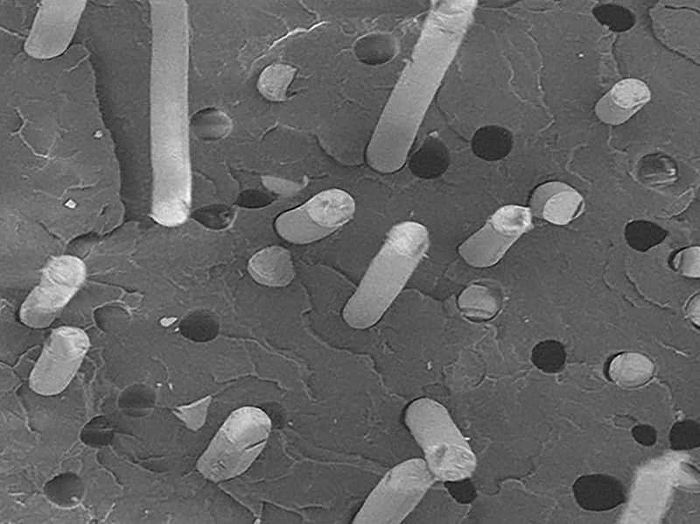

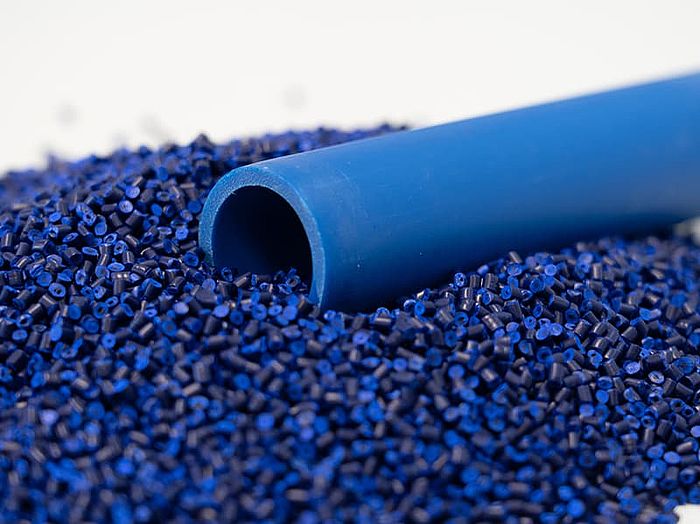
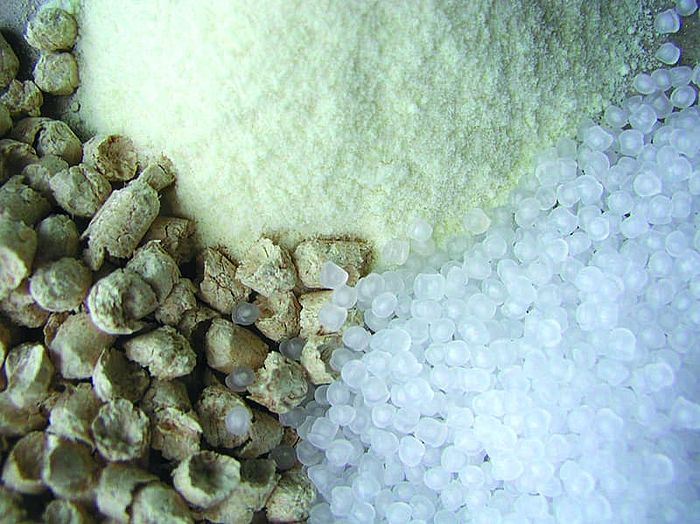
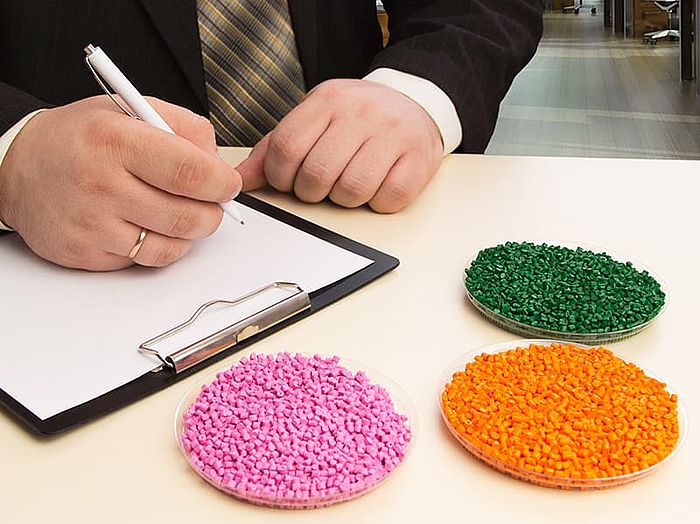
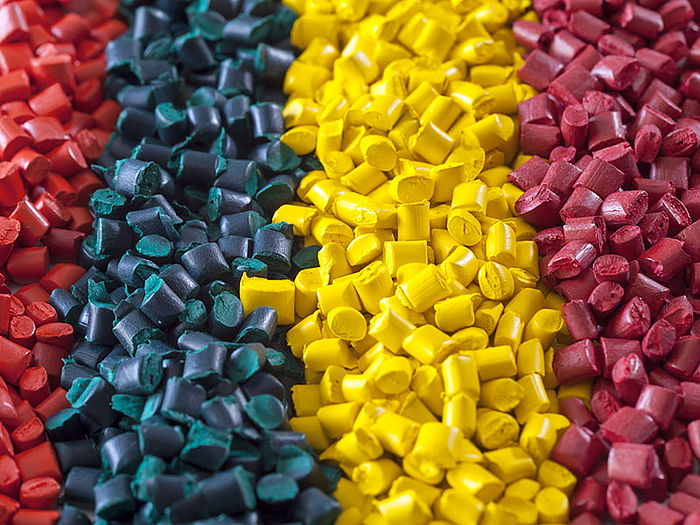
Technical equipment
Plastics are present in all areas of life and industry, often as disposable, single-use products, but also as high-performance materials and for long-term applications. Plastics are extraordinarily versatile materials and shape our age like hardly any other material. This versatility is rooted in a number of physical and chemical, microscopic and macroscopic characteristics that determine the individual property profile of each plastic. A number of different analytical methods are needed to determine the optimal application of each plastic or to test the suitability of a plastic for a specific application. In the ME group, we offer a wide range of different characterization methods to help illuminate your materials in detail. Chromatographic analyses, such as gel permeation chromatography (GPC) or gas chromatography with mass spectrometry coupling (GC/MS), provide deep insights into the molecular composition of polymer materials. GPC is used to determine molar mass distribution and polydispersity, which can be used, for example, to draw conclusions about polymer degradation after aging. GC/MS, on the other hand, can be used to qualitatively and quantitatively analyze readily volatilizable polymer components (VOC). On the one hand, this enables the determination of direct emissions from the plastics, and on the other hand, volatile degradation products or contaminants can be determined.
Of central importance for the processability of plastics are their rheological properties. A high-pressure capillary rheometer (HKR) with the possibility of pVT characterization and a melt flow rate (MFR) tester from Göttfert are available for the analysis. Where melt index is a single point measurement, high pressure capillary rheometry can be used to determine the complete shear viscosity function of a polymer at different temperatures and shear rates. In addition, the effective extensional viscosity can be determined reproducibly with an extensional tester (Rheotens) coupled to the HKR. This is of particular importance for film extrusion and blow molding.
In addition to methods for determining particle size distributions of powders using dynamic image analysis or laser diffraction (Camsizer, Mastersizer), we also carry out sieve analyses, determination of Shore hardness, density using buoyancy methods or liquid pycnometers, bulk density, pourability, filler content by ashing as well as microscopic analyses such as SEM/EDX (scanning electron microscopy with energy dispersive X-ray spectroscopy), polarization, light and heating microscopy of plastics.

